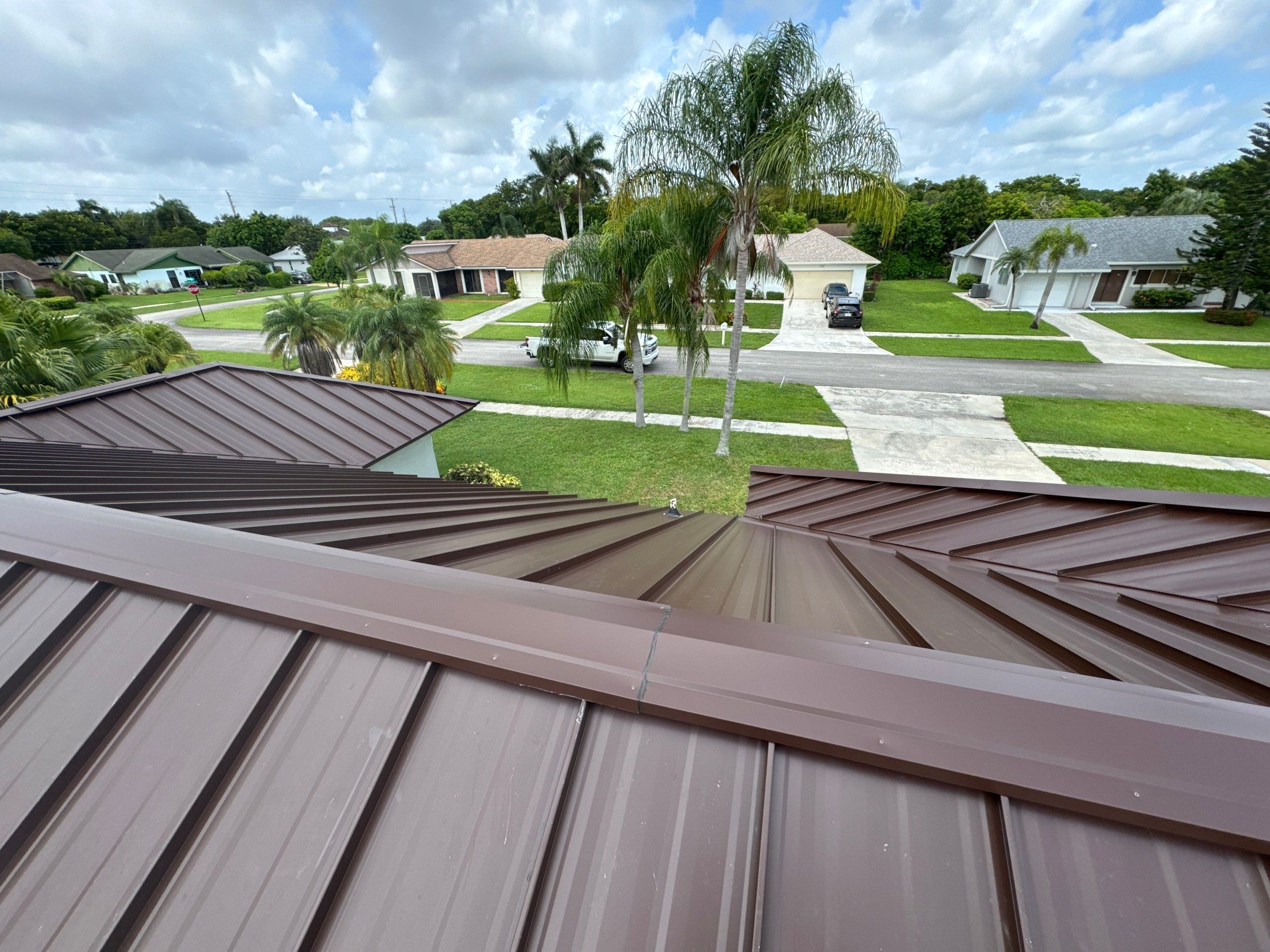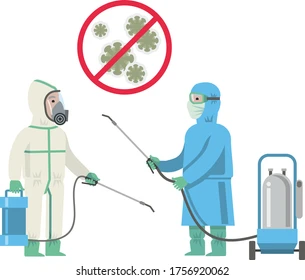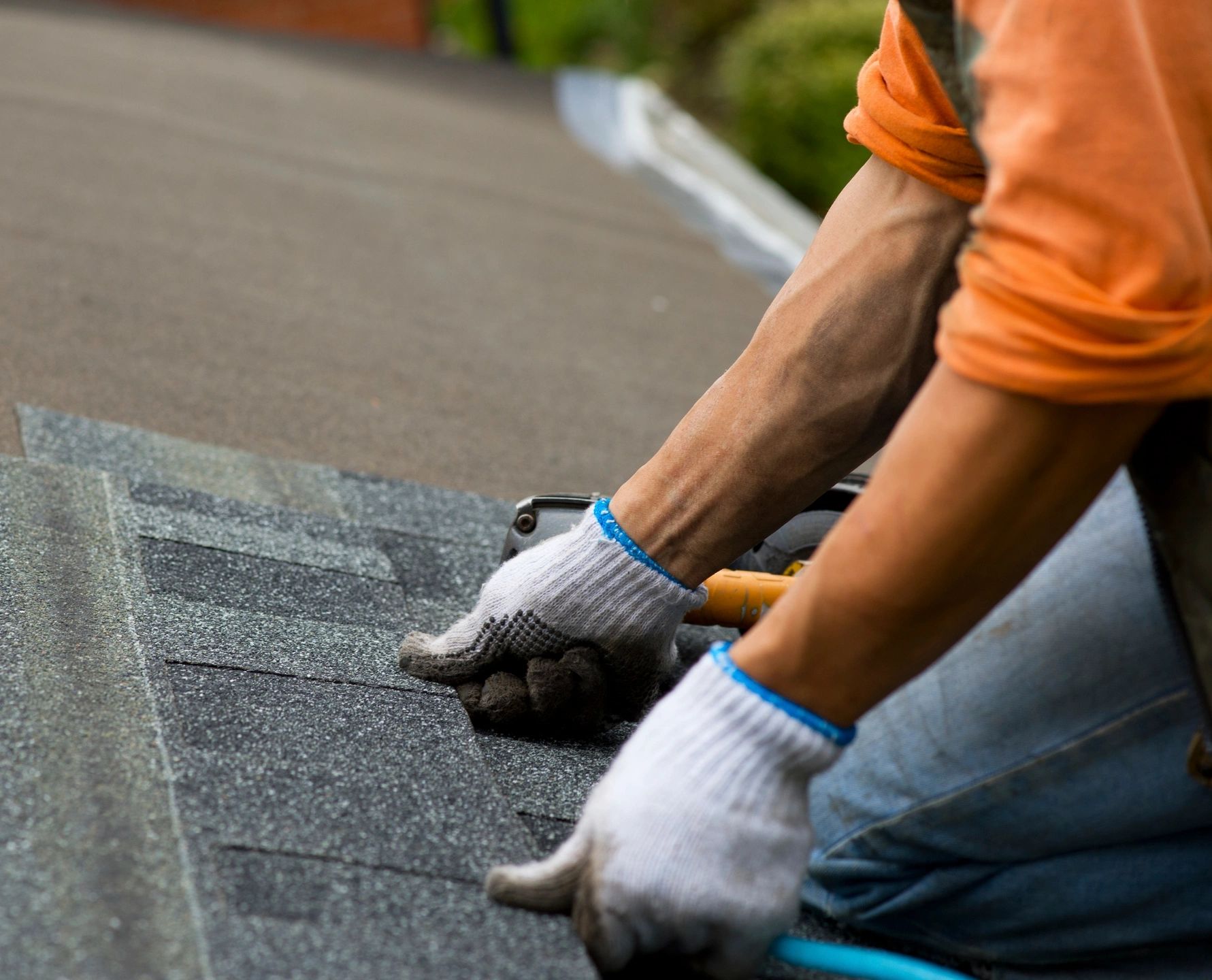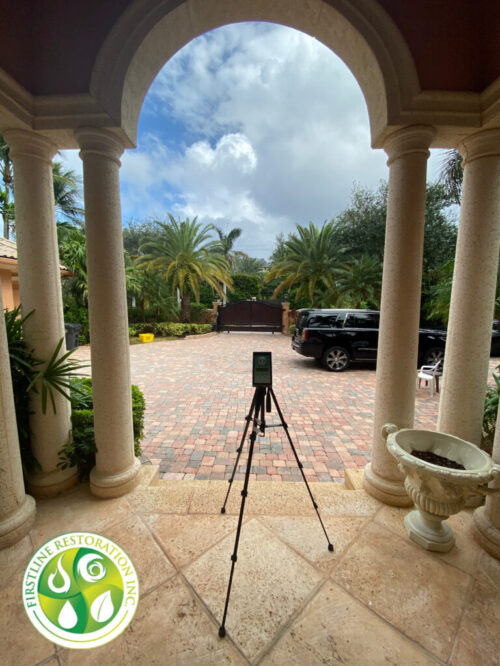Mold Inspections
FirstLine Restoration Inc. is a licensed Mold Assessment contractor. FirstLine is licensed to perform mold inspections for residential and commercial buildings to find evidence of mold that may be adversely affecting building occupants’ health, and the value of the property. Using a variety of testing and sampling tools, our trained technicians implement the latest testing technology to find, collect, classify and determine the extent of damage so that it can be removed quickly and effectively.
Mold mycotoxins
For some people mold mycotoxins can be very nasty when inhaled so it is important to remove them in a fast and safe way. Our technicians document their observations, and summarize the sampling procedures and the results of laboratory analysis. Recommendations are also provided to address issues of concern.
Materials are visually assessed for evidence of water-impacts, water-damage, and visible assumed mold-growth (AMO). Water impacts, water damage and AMG are defined as materials showing the following characteristics:
- Visible staining on building materials in a pattern that was suggestive of contact with water.
- Corrosion of materials that was indicative of contact with water.
- Visible accumulation of AMG that fit a definite pattern that was associated with water contact.
The impacted building materials are observed during the course of the inspection and categorized and defined as follows:
- AMG-Impacted – Characterized by visible accumulations of AMG on building materials (either surface or penetrated) that fit a definite pattern consistent with a direct water release, condensation, or elevated humidity.
- Water-Damage – Characterized by water staining that includes physical damage and decomposition of the building material without evidence of AMG. Water damage is associated patterns of direct water contact whereby the binders within the material break down and the material loses its physical properties to perform the function for which it was intended.
- Water-Staining – Characterized by visible staining, corrosion, or discoloration in a pattern that was suggestive of direct water contact either from a water release or condensation, whereby the discolored portions of the building material are surficial in nature and did not penetrate the matrix of the material below the first layer.
Our Mold Inspection Services Include:

My Safe Florida Home
At Firstline Roofing, we’re excited to share that the My Safe Florida Home Program has reopened, offering a fantastic opportunity for Floridians to make their homes more resilient to storms while potentially lowering their property insurance costs. Here’s How You Can Benefit: Start with a Wind-Mitigation Inspection: New Applicants: The first step is an initial […]

Mold Remediation in Florida by Scott Gordon, CEO of FirstLine Restoration, Inc.
Mold Remediation in Florida: How to Tackle the Problem by Scott Gordon of FirstLine Restoration, Inc. If you’re a homeowner or business owner in Florida, you’re probably aware of the issue of mold. Mold can cause health problems and structural damage if left untreated. It’s important to address mold as soon as it is discovered […]

Roofing Services South Florida
If you are looking for roofing services from skilled professionals, then look no further. FirstLine is your first choice for everything from repairs to replacements to new construction projects. Our team works quickly to deliver the results you deserve at affordable prices, while exceeding expectations. Call today for an estimate, and get the services from […]

Man in coma after living with black mold for months
The family’s troubles began when Hurricane Ian flooded their home, and toxic black mold appeared. (WBBH, FAMILY PHOTOS, CNN) By WBBH Staff Published: Jan. 2, 2023 at 4:15 AM EST ENGLEWOOD, Fla. (WBBH) – A Florida man is in the hospital fighting for his life after suffering an asthma attack on Christmas Eve. His family’s […]



